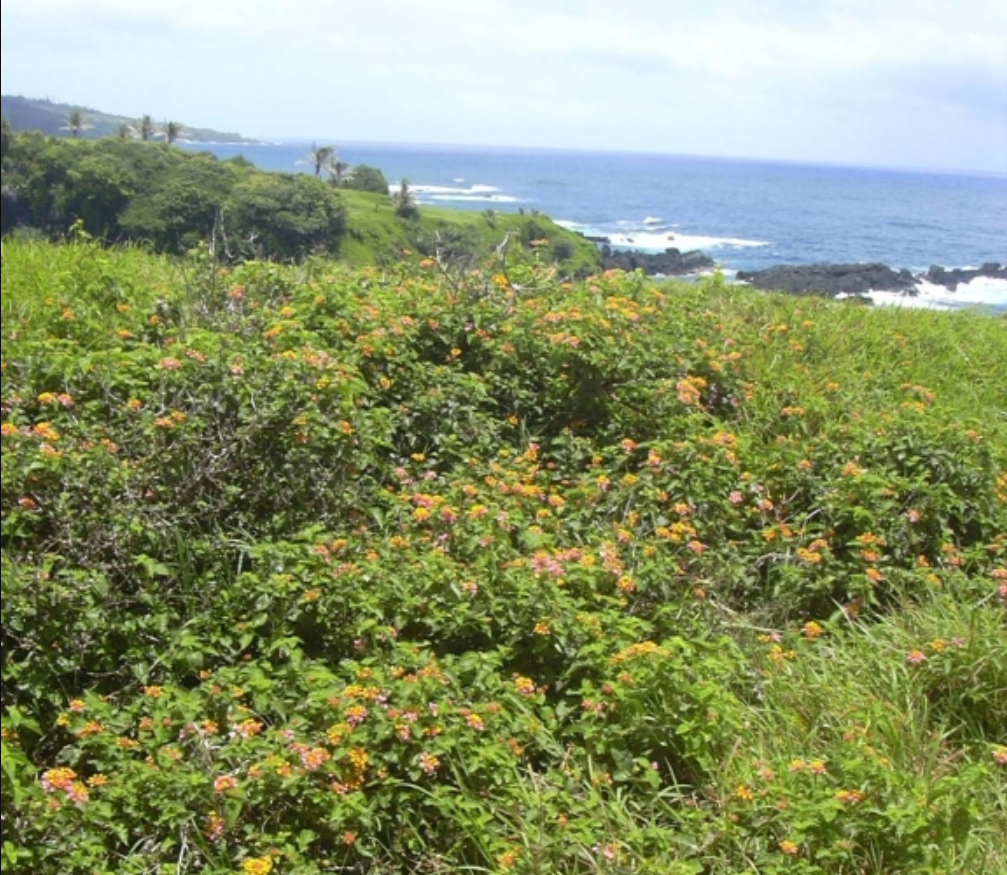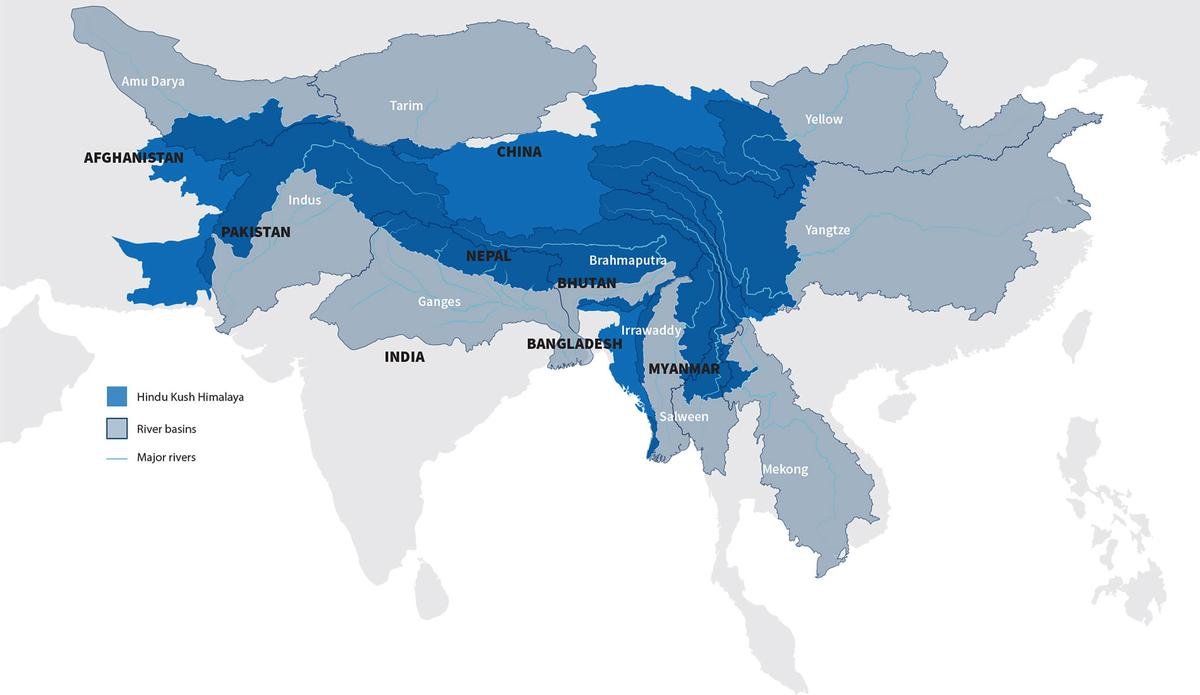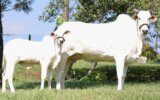
Lantana Camara
Subscribers of "Current Affairs" course can Download Daily Current Affairs in PDF/DOC
Subscribe to Never Miss an Important Update! Assured Discounts on New Products!
Must Join PMF IAS Telegram Channel & PMF IAS History Telegram Channel
Spread of Lantana
- Lantana is on the IUCN’s list of top 100 invasive species.
- The native range of Lantana camara is Central and South America.
- It was introduced in the country as an ornamental plant by the British in the 1800s.
- Lantana occupy 40 per cent of forests, including tiger reserves.
- Lantana has also invaded most pasture lands in the country.
- Lantana camara is known to be toxic to livestock, causing liver damage and photosensitivity.
- It is difficult to eradicate due to rapid spread, infestation intensity, allelopathy, opportunistic growth behaviour, reproductivity biology traits, and tenacious resistance to cutting and burning.
Allelopathy
|
Usage of Lantana
- Residents used the dried lantana stems to fence their fields or burn them as charcoal.
- Lantana leaves can also be used for antimicrobial, fungicidal and insecticidal properties.
Removal of Lantana
- Insects and other biocontrol agents have been implemented with limited degrees of success.
- Mechanical control of Lantana can be effective but is labour-intensive and expensive.
- Herbicides to manage Lantana are effective but expensive, with severe environmental consequences.




![PMF IAS Environment for UPSC 2022-23 [paperback] PMF IAS [Nov 30, 2021]…](https://pmfias.b-cdn.net/wp-content/uploads/2024/04/pmfiasenvironmentforupsc2022-23paperbackpmfiasnov302021.jpg)












